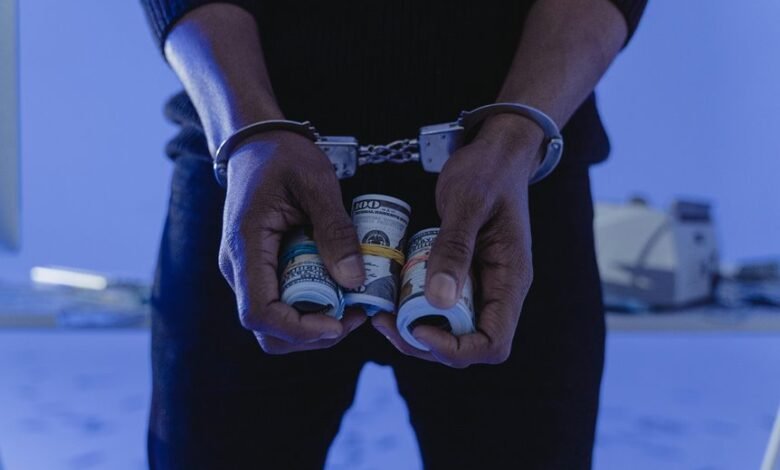Hotline Fraud Check Risk Investigation Contact Security 3382435325 3533447665 3444865214 3460174530 3478057185 3510269808

Hotline fraud poses significant risks to individuals, particularly when it involves suspicious contact numbers such as 3382435325, 3533447665, and others. A meticulous investigation into these numbers is crucial. Anomalies in caller identities and the origins of these communications warrant scrutiny. Identifying patterns of fraudulent behavior can enhance security measures. Yet, many remain unaware of the complexities surrounding these threats, raising questions about personal safety and the efficacy of current prevention strategies.
Understanding Hotline Fraud: An Overview
While various forms of fraud have emerged in the digital age, hotline fraud remains a particularly insidious threat, targeting unsuspecting individuals through deceptive phone calls.
This type of fraud exploits weaknesses in hotline security, often leading to severe financial and emotional repercussions.
Enhancing fraud awareness is crucial for individuals to recognize potential scams, protect their personal information, and maintain their autonomy in an increasingly vulnerable landscape.
Analyzing the Suspicious Contact Numbers
How can individuals effectively identify suspicious contact numbers associated with hotline fraud?
By examining suspicious patterns within the provided numbers, one can discern anomalies indicative of potential fraud.
Implementing number verification processes, such as cross-referencing with known legitimate contacts or utilizing online databases, enables individuals to safeguard their personal information.
Awareness and diligence are crucial in navigating the complexities of hotline fraud.
Signs of Potential Hotline Fraud
What are the key indicators that signal potential hotline fraud?
Observers should note red flags such as inconsistent caller identities, urgent requests for personal information, and untraceable contact numbers.
Additionally, the use of common fraud tactics, including pressure to act quickly or vague explanations, can further indicate fraudulent intent.
Recognizing these signs is crucial for maintaining personal and financial security.
Preventative Measures to Protect Yourself
Implementing effective preventative measures is essential for safeguarding against hotline fraud.
Individuals should regularly monitor financial statements and employ strong passwords to mitigate identity theft risks.
Additionally, utilizing two-factor authentication enhances fraud prevention.
Educating oneself about common scams and maintaining skepticism towards unsolicited communications further fortifies defenses.
Conclusion
In conclusion, hotline fraud remains a pervasive threat, with an estimated 1 in 10 Americans falling victim to such scams annually. The analysis of contact numbers like 3382435325 and 3533447665 reveals potential red flags warranting further investigation. By implementing robust verification processes and remaining vigilant, individuals can significantly reduce their risk of fraud. As the landscape of fraudulent activity evolves, continuous awareness and proactive measures are crucial in safeguarding personal information against these deceptive practices.




